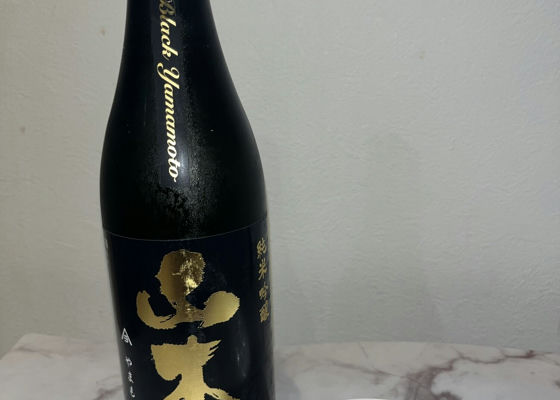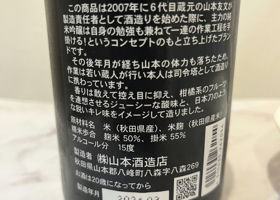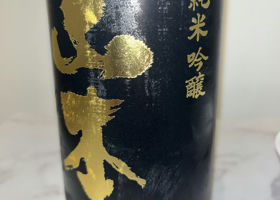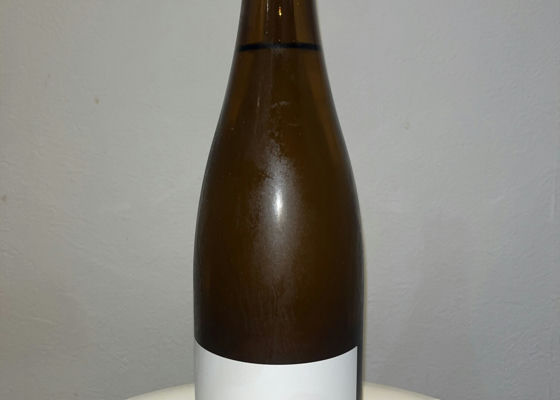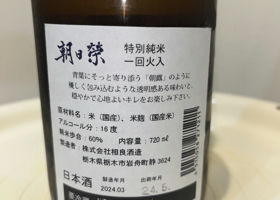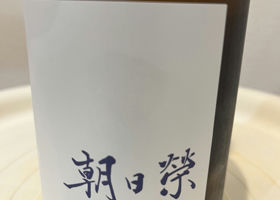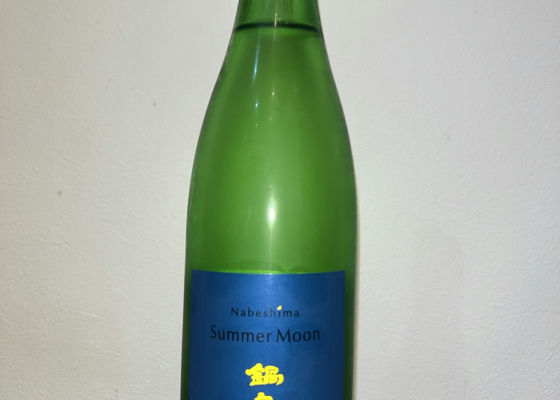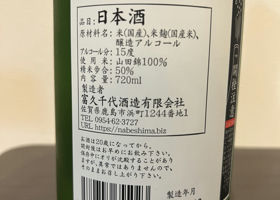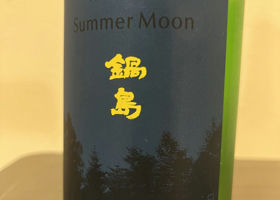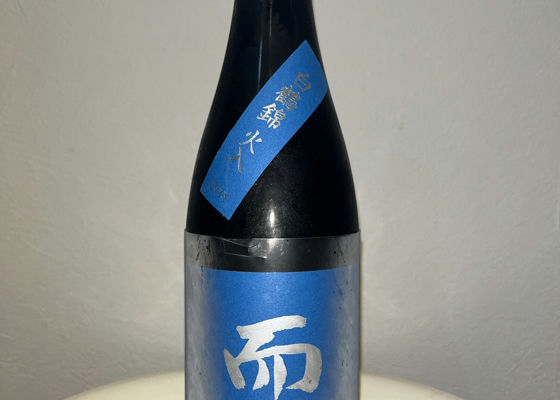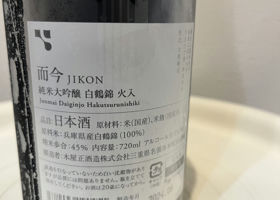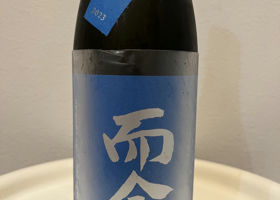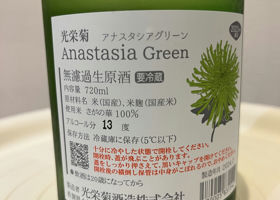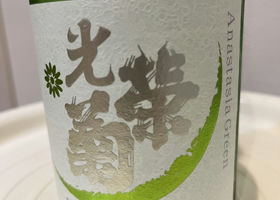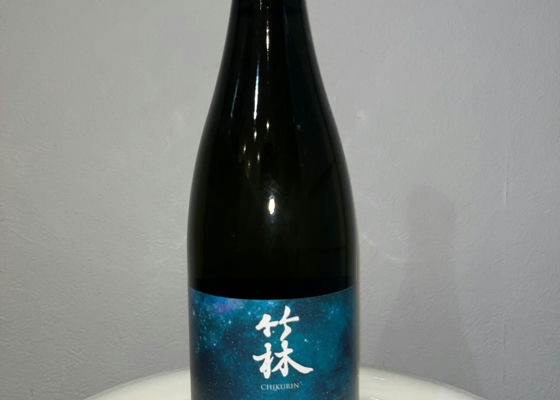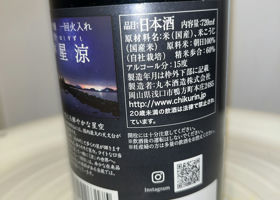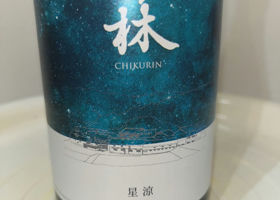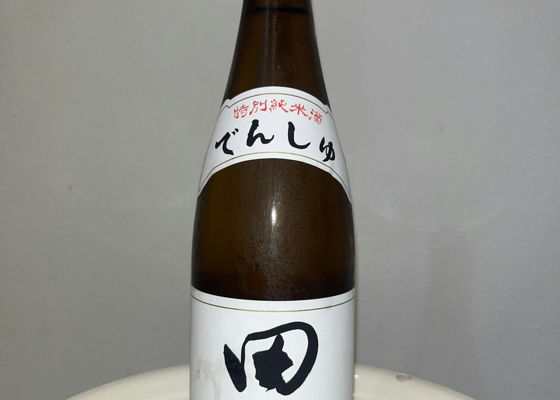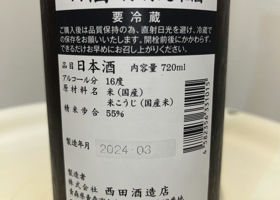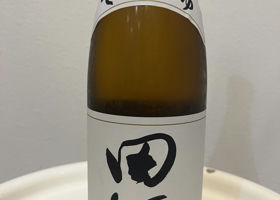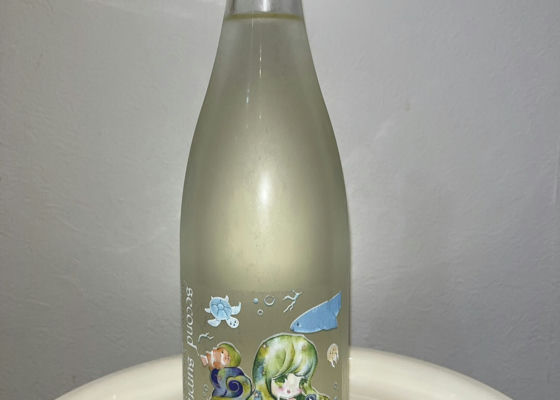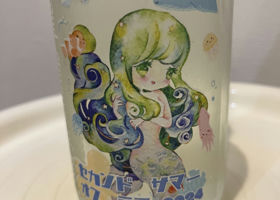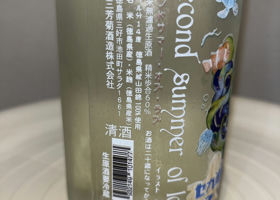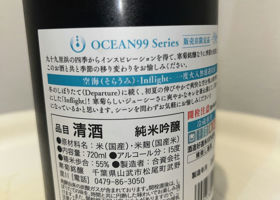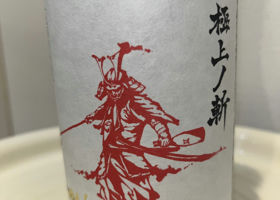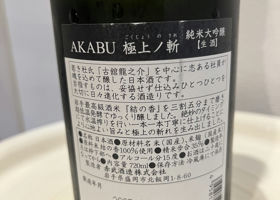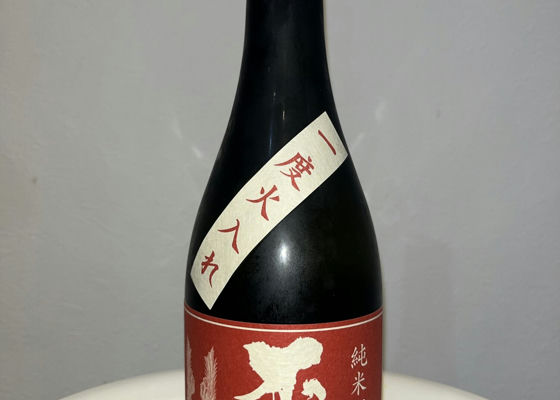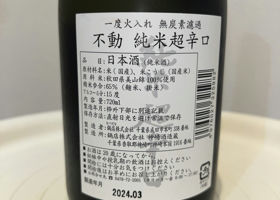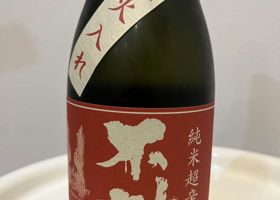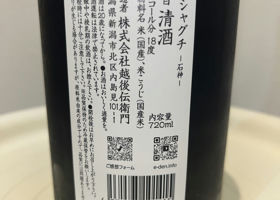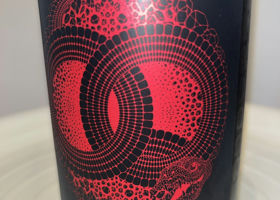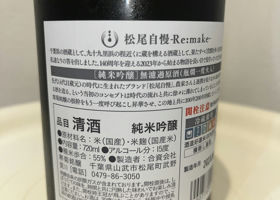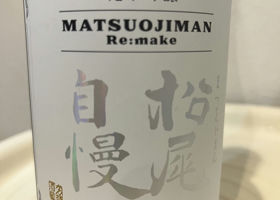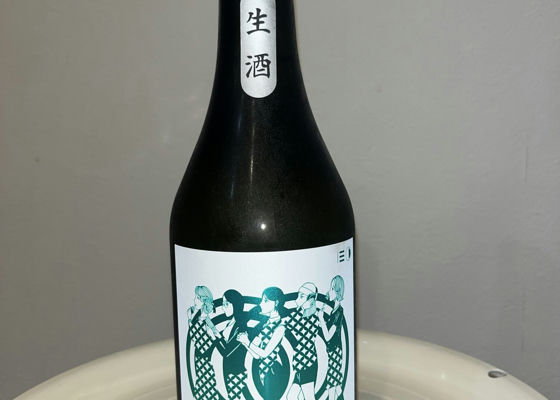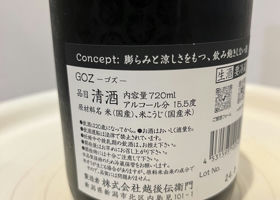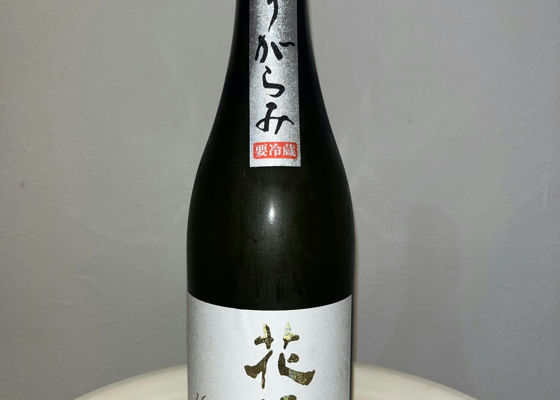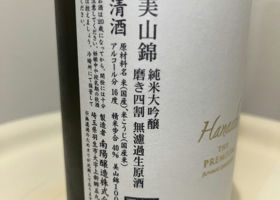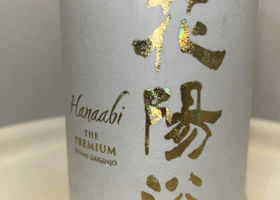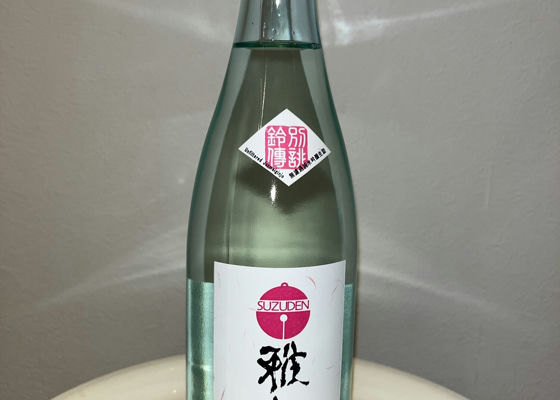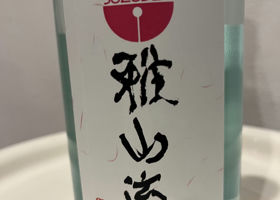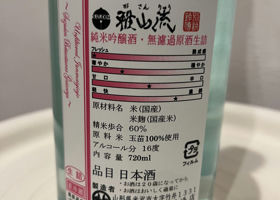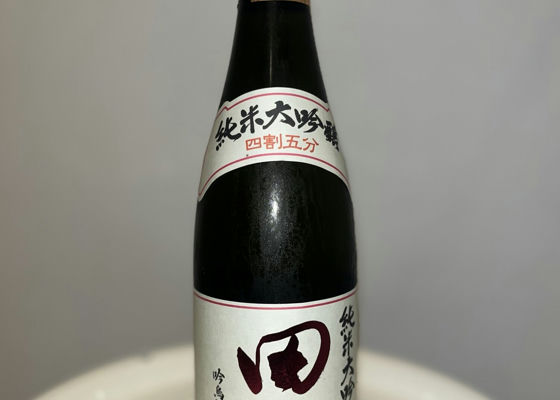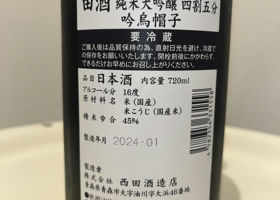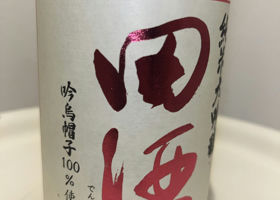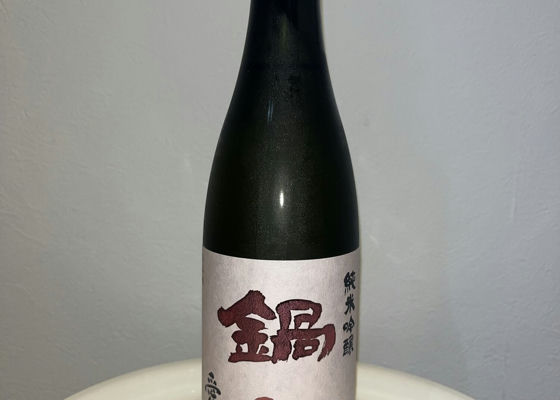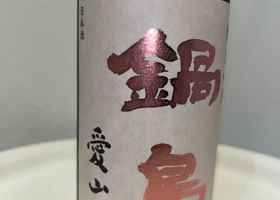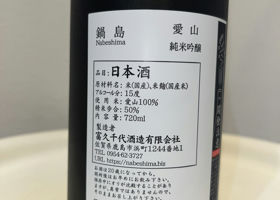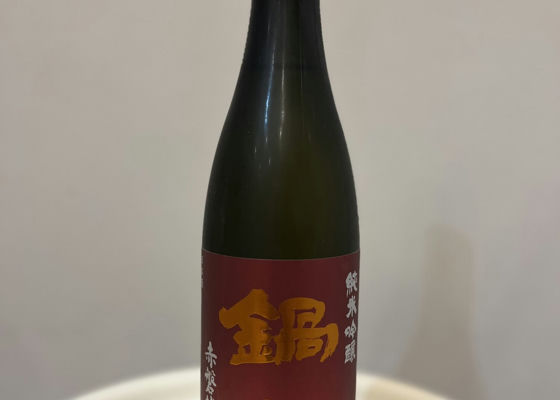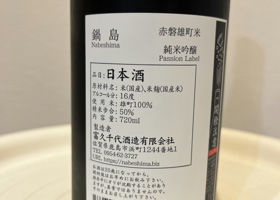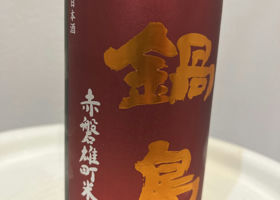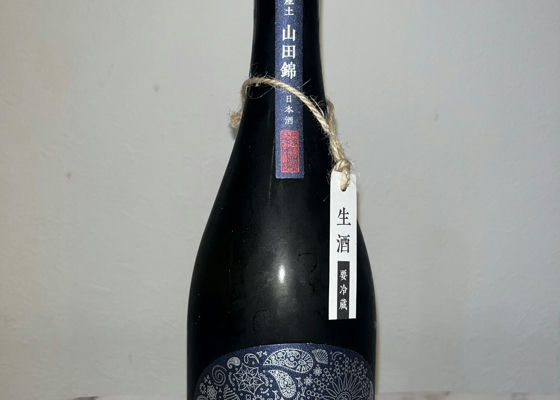

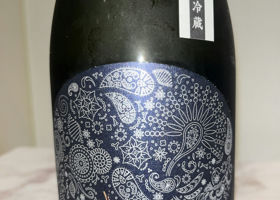
あんかけ
My first post Kumamoto Prefecture! Dedicated to you!
This is Sundo. This sake is so famous that when people think of Kumamoto Prefecture, they think of Sundo. It's been two years since I've had the desire to drink it. Finally, I was able to drink it. My unrequited love that has been growing will finally be fulfilled!
So, I started to drink it...hmmm! Oops! I felt a shock on my ring finger, which was supporting the bottle so as not to repeat the mistake I made before when the bottle was opened and the stopper blew away! It may be a characteristic of nama-shu, but it has a very fizzy feeling! What was that? I almost thought I had bought a sparkling sake, as if the bottle was going to blow out. Watch out, watch out...
When I opened the bottle without incident, I was greeted by the unique aroma of Yamadanishiki. When I poured it into a tokkuri (Japanese sake cup), I got a great fizzy feeling! Is this what the land of origin is like?
When you put it in your mouth, you will feel the refreshing fizziness and the elegant sweetness unique to Yamadanishiki, and the strong carbonation will go down your throat and leave you with the most refreshing feeling. Combined with the refreshing low alcohol content, it finishes very nicely. It is not a summer sake, but it is a summer sake!
I finally had a chance to drink it. It was a really delicious sake 😆 Thanks for the food!
Japanese>English
ma-ki-
Good evening, Ankake-san.
Congratulations on your first visit to Kumamoto & San-do 🎉!
Sundo is delicious, isn't it 🎵?
I haven't tried Ni-no-kozo yet, but I was very impressed the first time I received Sansan-do: ⤴️
I'd love to try Hozu or something like it ✨.
Japanese>English
アラジン
Congratulations to Ankake-san for opening the bottle of Sanzoku ㊗️🍾!
I know there are lot differences, but the Yamadanishiki 2-no brew is the most effervescent 😁.
I was so impressed when I first had a sansho after reading your post 🥹.
If you like complex flavors, I also recommend the Homasu 🍶.
Japanese>English
あんかけ
MA-KI-.
Thank you very much! I am so happy to be able to drink San-Do in Kumamoto for the first time 😆 It was really a precious experience for me as I don't get a chance to buy it very often! I would like to share this experience with those who have not experienced it yet. ☺️
Japanese>English
あんかけ
Mr. Aladdin.
Thank you very much! Oh, this is the most fizzy one, isn't it? I was so surprised at how fizzy it was. lol I'm really curious about the ear growth! I'll definitely buy it when I get a chance 😆.
Japanese>English
